Tracing the Origins of San Francisco's Gentrification
You might call the South of Market area in San Francisco the cradle of gentrification.

You might call the South of Market area in San Francisco the cradle of gentrification. Since the tech scene’s boom, the neighborhood has become a hub for affluent young professionals tweeting away in the offices of companies like Airbnb and Wired. Where mom-and-pop diners once thrived, customers line up for lattes at third wave coffee shop Sightglass and purchase high-minded furniture at BoConcept. Good luck finding a two-bedroom for less than $1 million.
The genesis of SoMa’s gentrification began in the 1960s, when blue-collar workers started moving out as starry-eyed bohemians flooded in. It changed again in the late 1970s with the city’s aggressive efforts to renew the derelict neighborhood. That’s when photographer Janet Delaney arrived. One night, she watched as workers bulldozed a residential hotel where many poor people had made their homes — an experience that inspired her to begin documenting the vanishing community with a 4×5 view tripod-mounted camera.
Today, South of Market bears little resemblance to its old self, but a one-room exhibition of Delaney’s series at the de Young Museum offers a reminder of the working class neighborhood that once was — one image shows a blacksmith working away in his shop, another captures the smiling husband-and-wife owners of a hamburger joint. Through the series, Delaney offers a tribute to the sidelined, disposable community and a questioning look at the cost of progress. “The intention of the show is to create a conversation about how cities change over time,” she explained in an interview with The Economist. “By looking back we can consider what was lost and what has been gained.”



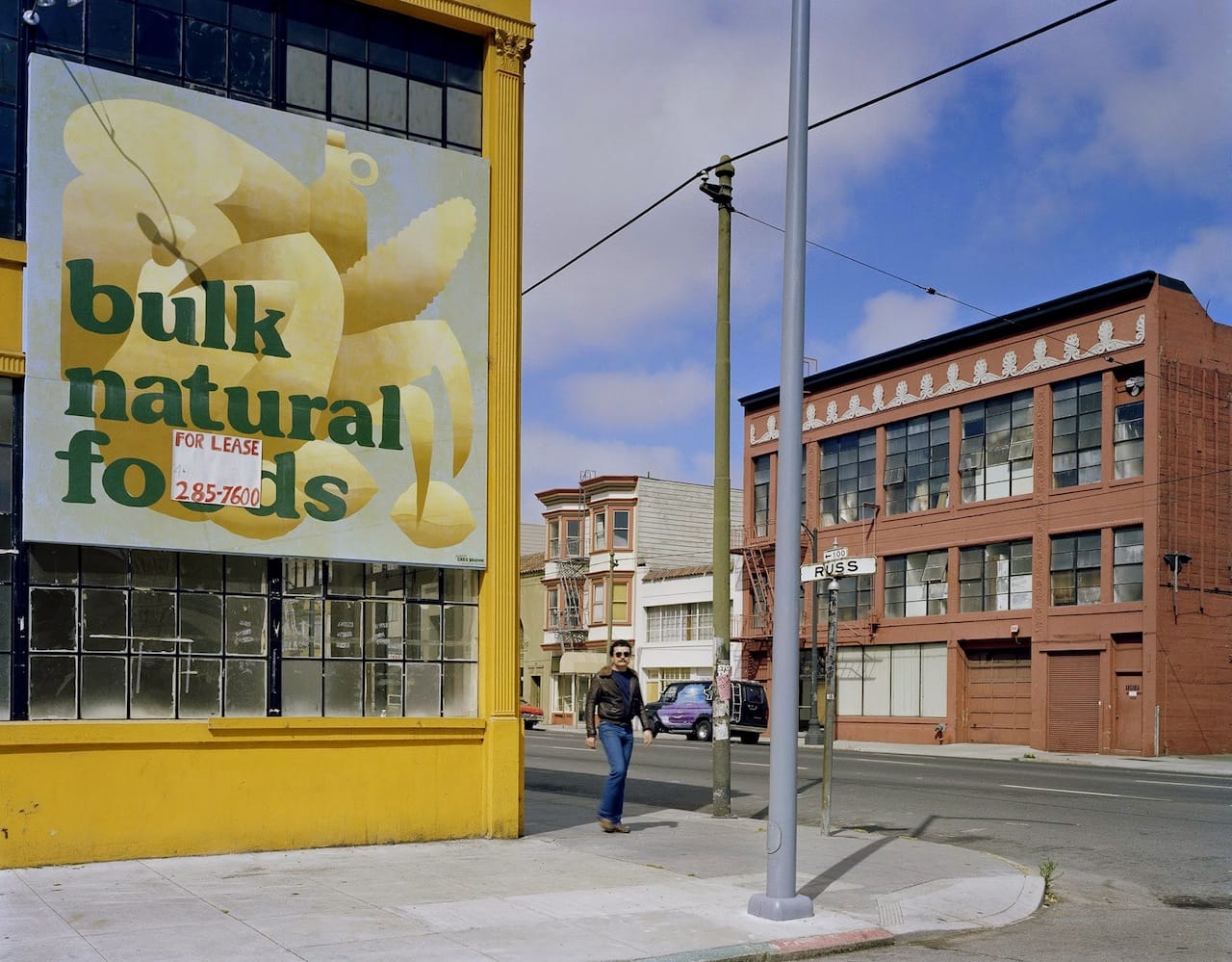
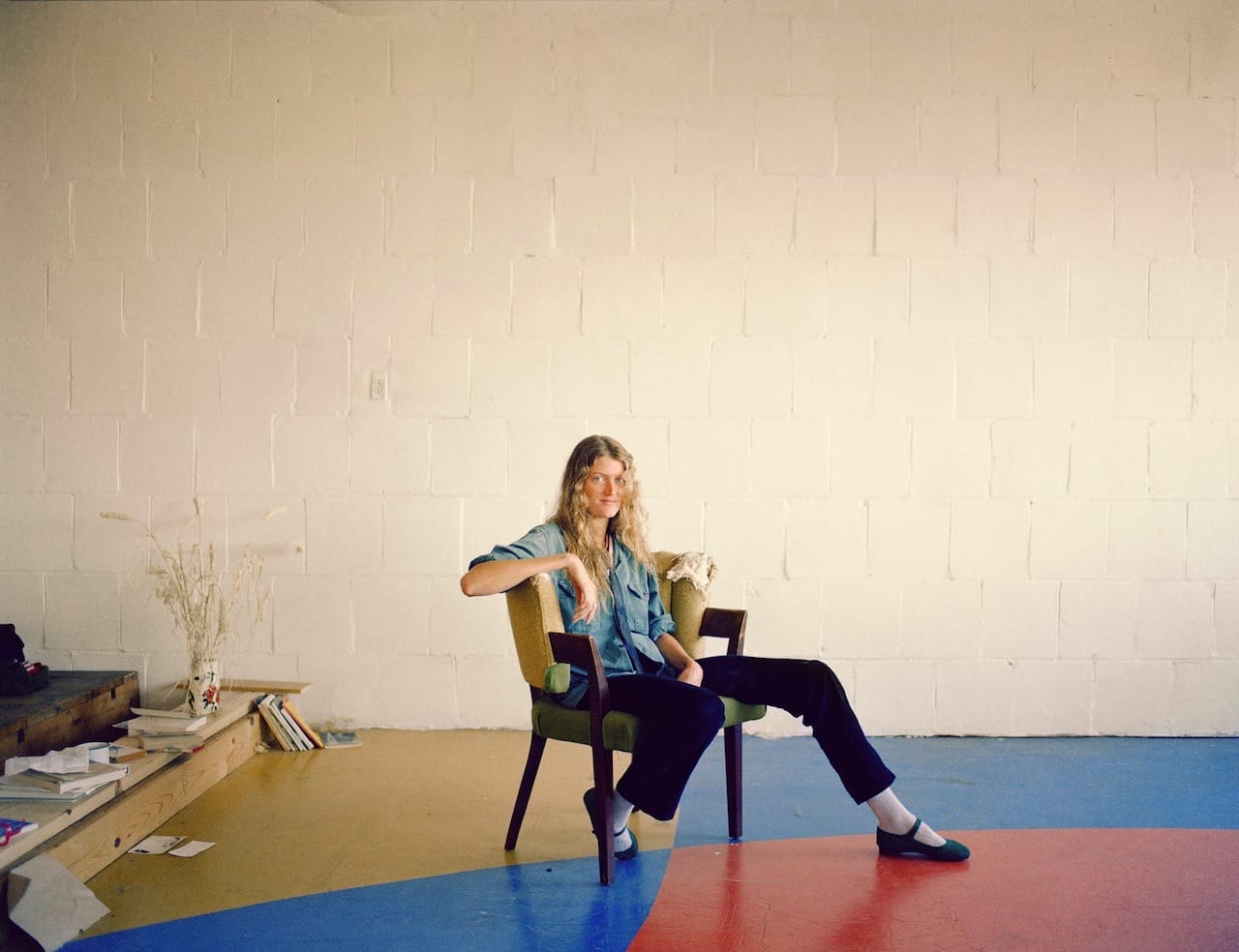

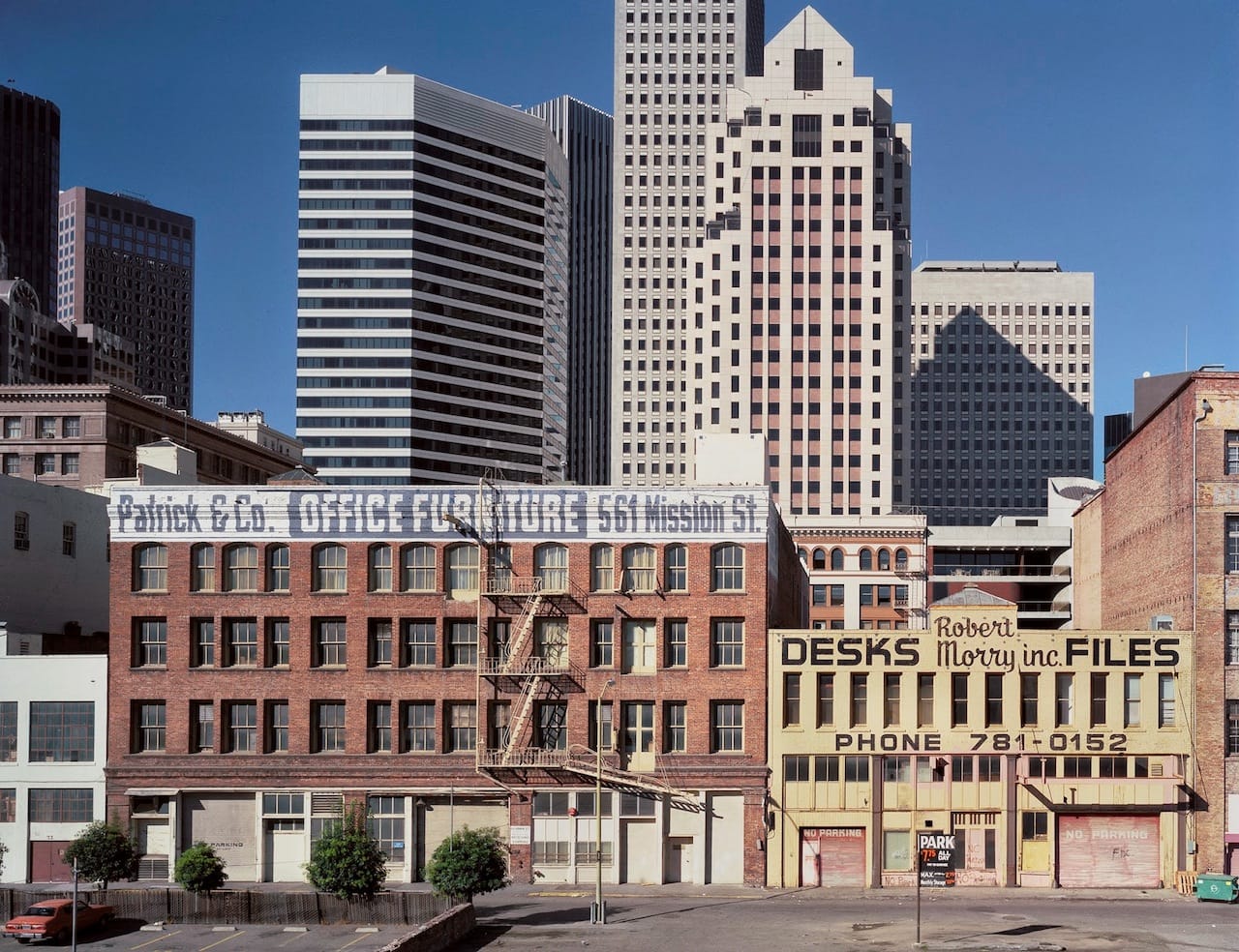


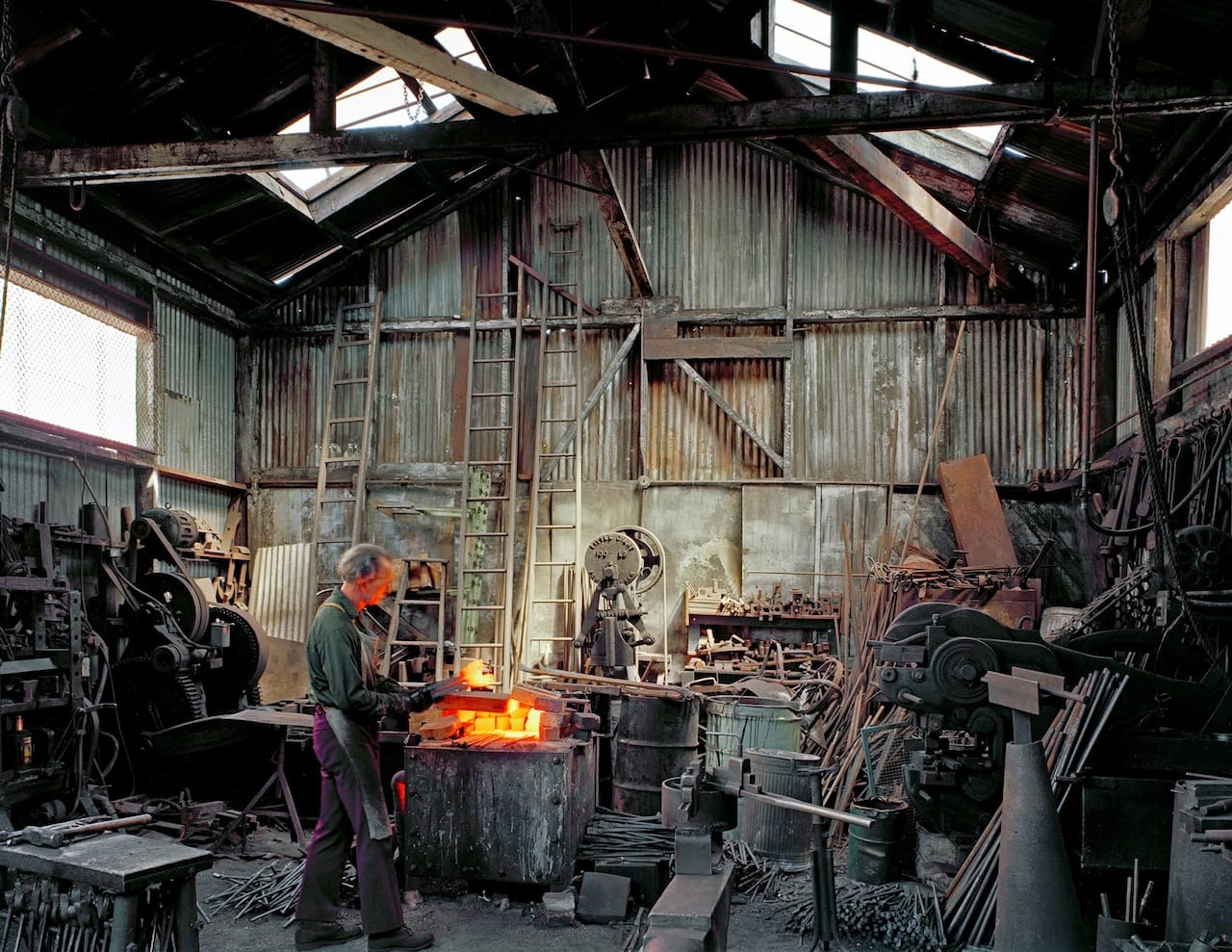
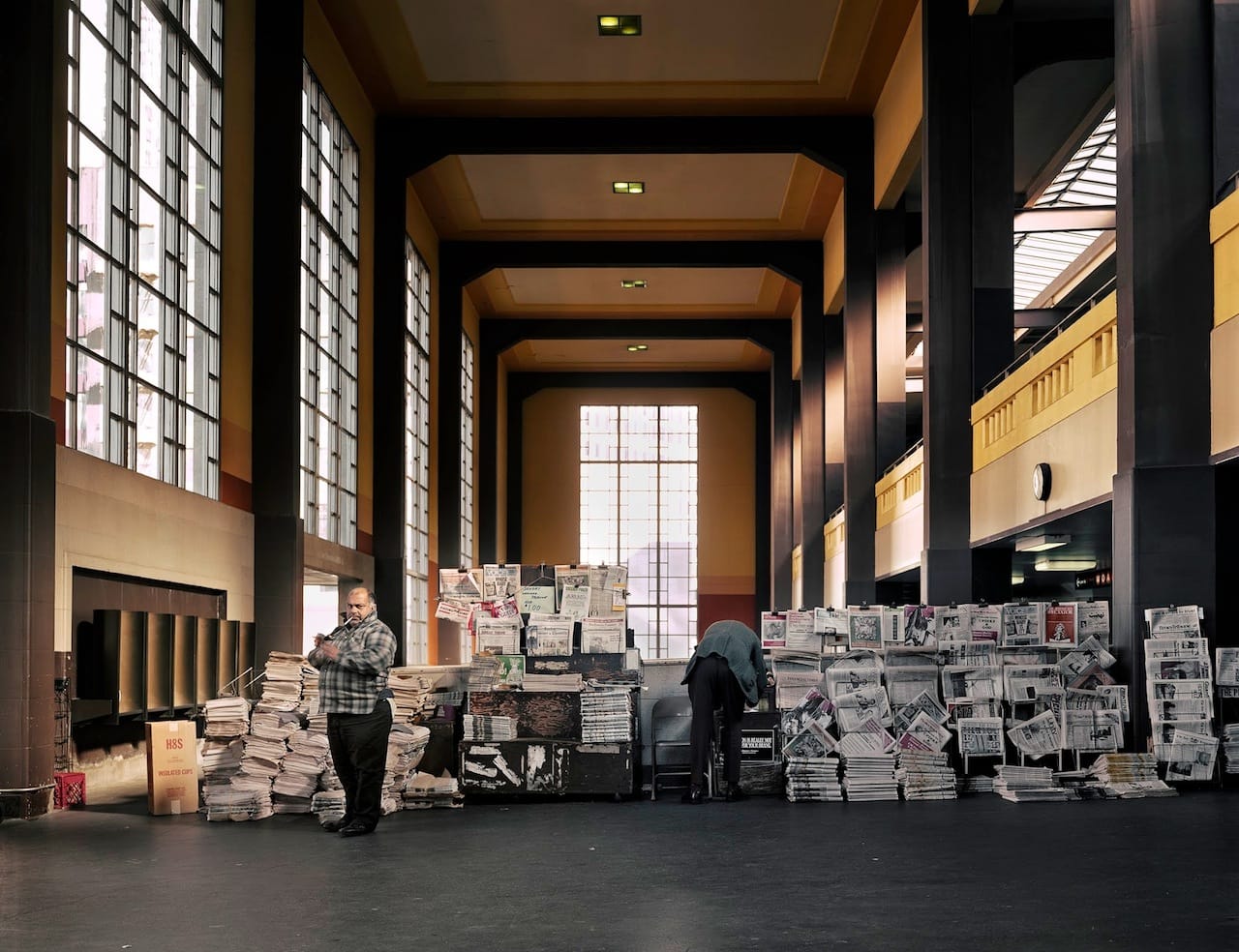
Janet Delaney: South of Market continues at the de Young Museum (50 Hagiwara Tea Garden Drive, Golden Gate Park, San Francisco) until July 19.




